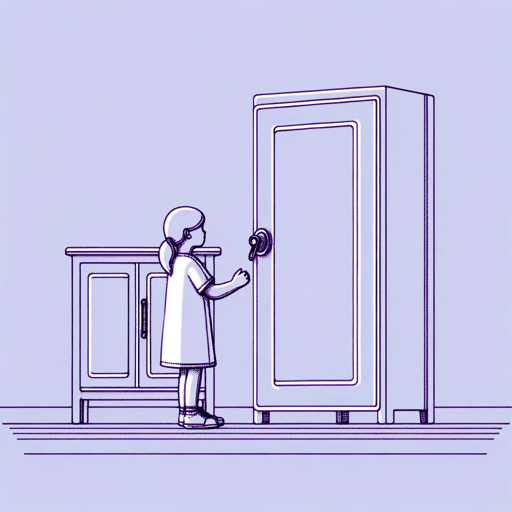39 pages • 1 hour read
Sherry TurkleAlone Together: Why We Expect More from Technology and Less From Each Other
Nonfiction | Book | Adult | Published in 2011A modern alternative to SparkNotes and CliffsNotes, SuperSummary offers high-quality Study Guides with detailed chapter summaries and analysis of major themes, characters, and more.
Chapters 2-3Chapter Summaries & Analyses
Chapter 2 Summary: “Alive Enough”
In the spring of 1999, Turkle brings eight Furbies to an elementary school. The kids immediately try to connect with the Furbies by talking to them and notice that the Furbies share a lot in common with them: they have needs, are distinct from one another, and require feeding. One boy not only applies biological language to the Furby, saying he’s going to unscrew it and get its baby out, but also applies machine language to himself, saying at one point he is unscrewing his ankle.
Turkle believes that the Furbies represent a new frontier beyond the “Rorschach approach” that she saw in people’s relationship with more primitive computers. The Furbies “promise reciprocity because, unlike traditional dolls, they are not passive” (39).
At MIT, Freedom Baird proposes an experiment called the “upside-down test” where adults hold three things upside down: a Barbie, a gerbil, and then a Furby, which is more complicated because people do not like hearing it say, “Me scared!” when held upside down, even though they know it is a robot.
Hasbro later releases a lifelike doll, My Real Baby, without enabling the doll’s pain responses for fear that it can “‘enable’ sadistic behavior” (46).
A grad student at MIT makes an appointment to talk to the developers of a humanoid robot, Nexi.
Related Titles
By Sherry Turkle



